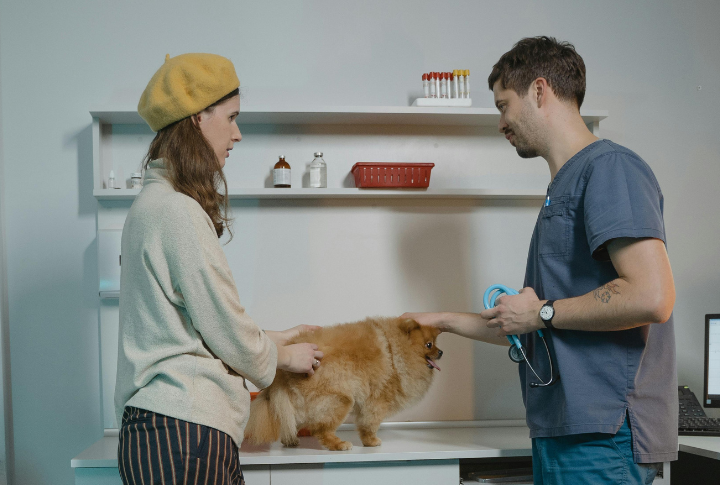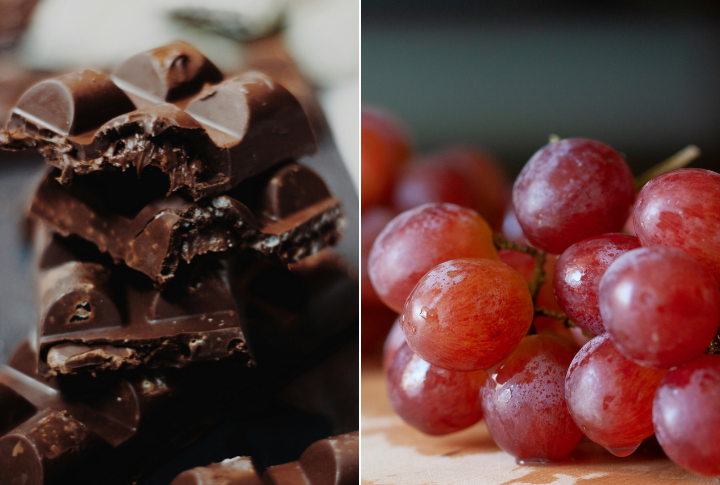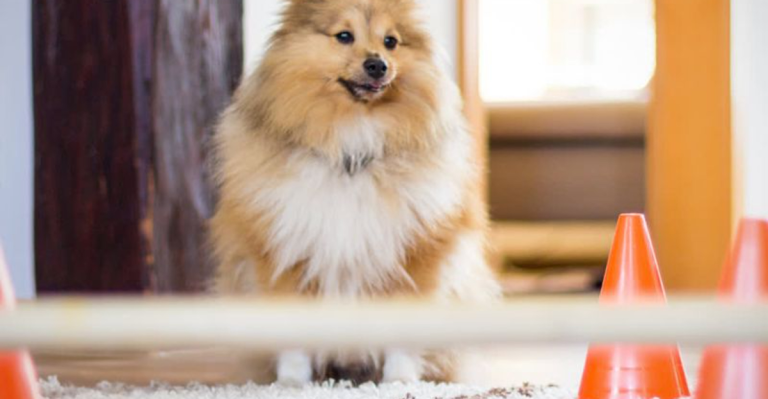How To Prepare Nutritious And Safe Meals For Your Dog

Preparing homemade meals for your dog offers a fulfilling way to ensure fresh, nutritious food. With the right ingredients and a well-balanced diet, dogs stay active, happy, and energetic. Some choices support their well-being, while others can lead to health concerns. These essential rules help ensure every meal is safe and beneficial.
Seek Veterinary Advice For Your Dog’s Diet

Jumping into home-cooked meals without expert advice? Not a great idea. A vet helps ensure your dog receives the proper balance of protein, fats, and vitamins. A little planning now saves you from dealing with health issues later. It’s about tasty dishes and a thriving pup, not simply homemade doggie love.
Maintain Dental Health With Balanced Food Textures

Food texture plays a key role in maintaining oral hygiene. For example, harder vegetables and chews naturally clean teeth, reducing plaque buildup. For older dogs, softer foods prevent discomfort while still providing nutrition. A well-balanced mix of textures keeps teeth healthy and meals enjoyable for all life stages.
Prioritize High-Quality Protein

Meat should be a primary component of your dog’s diet, balanced with healthy fats, carbohydrates, and essential nutrients. Chicken, turkey, beef, and fish provide muscle and immune health amino acids. Eggs are another great option. Ensure proteins are cooked and unseasoned.
Avoid Dangerous Foods That Harm Dogs

A single grape or a tiny bit of onion can spell disaster for your pup. Chocolate? That’s a one-way ticket to the emergency vet. Even small amounts of xylitol (found in sugar-free foods) are dangerous. When in doubt, double-check—because one wrong bite can be critical.
Include Wholesome Carbohydrates For Energy

Carbs aren’t merely for humans who love bread. Whole grains like brown rice and quinoa or fiber-rich options like sweet potatoes provide energy and aid digestion. Remember to skip anything processed, though. Dogs don’t need pasta night—just simple, wholesome ingredients that fuel their wagging tails.
Skip Excess Salt And Seasonings

Your dog doesn’t need a Michelin-star meal. Salt can cause dehydration, high blood pressure, and kidney issues, and spices like garlic and onion powder are unsafe. Keep meals plain. Your pup won’t mind—they’d probably eat a sock if given the chance, so simple recipes are fine.
Incorporate Dog-Safe Vegetables

Think beyond meat! Carrots, spinach, and green beans pack vitamins, fiber, and antioxidants. They help with digestion, keep eyes sharp, and boost immunity. Steam or puree them for easier digestion—nobody wants to deal with a gassy dog after feeding them a raw veggie buffet.
Handle Raw Meat With Caution

Raw feeding carries risks, including bacterial contamination, but some pet owners choose it under strict guidelines. If considering a raw diet, follow strict food safety practices. Careful sourcing, handling, and hygiene are essential to minimize potential health concerns.
Add Healthy Fats For Skin And Coat Health

Healthy fats aren’t just for Instagram influencers. Omega-3s from fish oil and unsaturated fats from olive oil support skin, coat, and brain health. Even a small amount of flaxseed can work wonders. Maintain portions properly—lean proteins and nutritious fats offer all the nutrients dogs thrive on.
Boost Nutrition And Flavor With Bone Broth

Bone broth is a nutrient-packed addition that supports joint health, digestion, and immunity. Rich in collagen and essential minerals, it enhances hydration and adds irresistible flavor to meals. Serve it plain or mix it into food, but avoid store-bought versions with added salt or seasonings.
Balance Moisture Levels In Home-Cooked Meals

Homemade dog food varies in moisture content, so adjusting water intake is essential. Ingredients like cooked sweet potatoes contribute to hydration, while dry grains absorb moisture. Ensuring your dog gets the right balance prevents both dehydration and excessive water intake.
Transition To Home-Cooked Meals Gradually

Abrupt food changes upset canine digestive systems. Introduce new home-cooked meals slowly, mixing them with the old food. This minimizes gastrointestinal distress, allowing your dog to adapt comfortably to their new diet. Gradual changes ensure a smooth transition and happy digestion.
Control Portions To Maintain A Healthy Weight

More food doesn’t mean more love. Overfeeding leads to obesity, while underfeeding causes nutritional gaps. Tailor portions to your dog’s size, age, and activity level. If they’re filling out more than expected, a portion adjustment may help.
Monitor For Food Allergies

Some dogs can’t handle dairy, chicken, or grains. Ignoring allergies leads to itching, upset stomachs, and constant vet visits. Introduce new ingredients slowly, monitor reactions, and adjust accordingly. Your pup can’t tell you what’s wrong, but they will show you in unpleasant ways.
Store Homecooked Meals Safely

Spoiled food is a recipe for disaster. Refrigerate or freeze leftovers in airtight containers to keep meals fresh. Bacteria thrive in lukewarm food, and your dog doesn’t need a side of food contamination with their dinner. Safe storage ensures their dishes stay nutritious and their stomachs happy.






